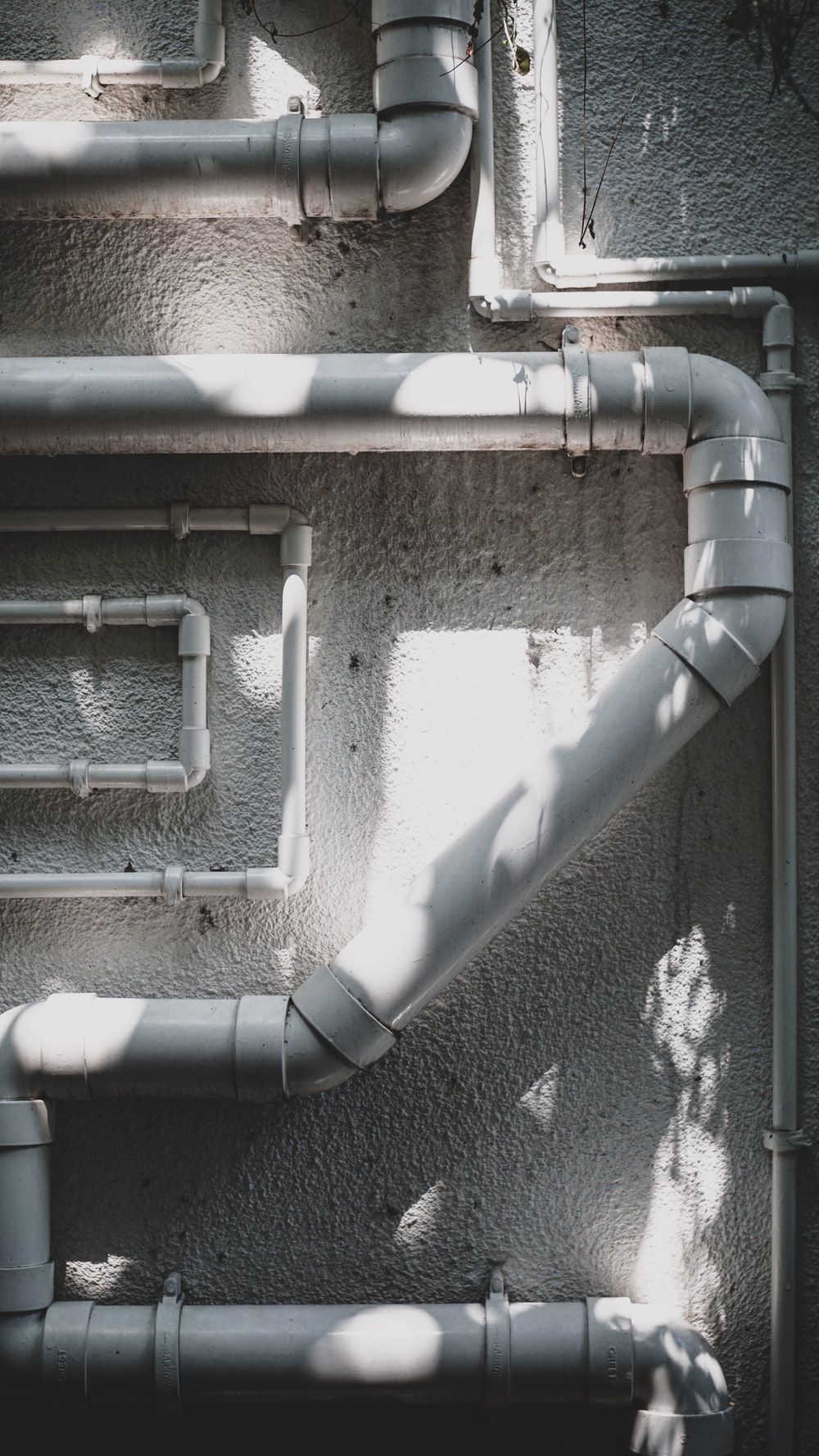In the world of home maintenance, few subjects are as essential as plumbing. Whether you’re a seasoned DIY enthusiast or just starting to navigate the realm of household repairs, understanding the ins and outs of plumbing is paramount. From fixing leaky faucets to installing new fixtures, this comprehensive plumbing guide will equip you with the knowledge and confidence to become a master of pipes and plungers.
Plumbing, in its simplest form, encompasses the systems and processes that allow water to flow in and out of your home. It not only ensures the availability of clean water for everyday use but also facilitates the efficient removal of waste and sewage. You may be surprised to discover just how interconnected our daily lives are with this intricate network of pipes and valves hidden beneath our feet and behind our walls.
By acquainting yourself with the basics of plumbing, you take the first steps towards troubleshooting and solving common issues that may arise in your household. From a minor annoyance like a running toilet to more severe predicaments such as burst pipes, having a solid understanding of plumbing concepts will save you both time and money. So, roll up your sleeves, grab your wrench, and let’s dive headfirst into the fascinating world of plumbing – where every twist and turn leads to a better understanding of this fundamental aspect of our homes.
Types of Plumbing Pipes

When it comes to plumbing, there are several types of pipes that are commonly used. Each type has its own unique characteristics and uses. Understanding the different types of plumbing pipes will help you make informed decisions and master the art of plumbing in no time.
-
Copper Pipes: One of the most popular choices for plumbing, copper pipes have been used for decades. Known for their durability and resistance to corrosion, they are ideal for both hot and cold water supply lines. Copper pipes are easy to work with and can be soldered or joined using compression fittings.
-
PEX Pipes: PEX (cross-linked polyethylene) pipes have gained popularity in recent years due to their flexibility and ease of installation. These pipes are highly resistant to freezing and bursting, making them suitable for both indoor and outdoor plumbing. PEX pipes are typically color-coded to differentiate between hot and cold water lines.
-
PVC Pipes: PVC (polyvinyl chloride) pipes are commonly used for drain, waste, and vent (DWV) systems. They are lightweight, low-cost, and resistant to corrosion and chemical damage. PVC pipes are joined using solvent cement, making them an efficient choice for various plumbing applications.
By familiarizing yourself with the types of plumbing pipes available, you’ll be well-equipped to take on any plumbing project. Remember to consider your specific needs and consult with a professional if necessary to ensure you choose the right type of pipe for your plumbing system.
Essential Plumbing Tools
In order to tackle plumbing projects effectively, it’s important to have the right tools at your disposal. Here are some essential plumbing tools every homeowner should consider having in their toolbox.
-
Adjustable Wrench: An adjustable wrench is a versatile tool that allows you to tighten or loosen nuts and bolts of various sizes. It’s particularly useful when working with pipes and fittings.
-
Plunger: A plunger is a simple yet effective tool for clearing clogged drains and toilets. It works by creating a vacuum and dislodging the blockage when you push and pull it forcefully.
-
Pipe Cutter: A pipe cutter is a handy tool for cutting pipes cleanly and accurately. It typically consists of a sharp cutting wheel that can be adjusted to fit different pipe sizes.
Investing in these essential plumbing tools will not only save you time and money but also empower you to handle basic plumbing repairs with confidence. Remember to always follow proper safety precautions and consult a professional plumber for complex or major plumbing issues.
Common Plumbing Issues
-
Leaky Faucets:
One of the most common plumbing issues that homeowners encounter is a leaky faucet. A dripping faucet can not only waste water but also cause annoying water stains and increase your water bill. The culprit is typically a worn-out washer or O-ring, which can easily be replaced to fix the leak. Make sure to turn off the water supply before attempting any repairs. -
Clogged Drains:
Dealing with a clogged drain is never fun, but it is a frequent plumbing problem. It’s usually caused by a buildup of hair, soap residue, or small objects that get stuck in the drainpipe. You can try using a plunger or a drain snake to remove the blockage. Preventive measures like using drain covers and regular drain cleaning can help avoid future clogs. -
Running Toilet:
A running toilet can be both annoying and wasteful. If you hear the constant sound of running water in your toilet tank, it might indicate a faulty flapper valve or an issue with the flush handle. Adjusting the chain length or replacing the flapper valve can usually resolve the problem. If necessary, replacing the entire toilet mechanism may be required.
Remember, while these common plumbing issues can often be fixed with basic DIY knowledge, it’s always important to know your limits and seek professional help if needed.

